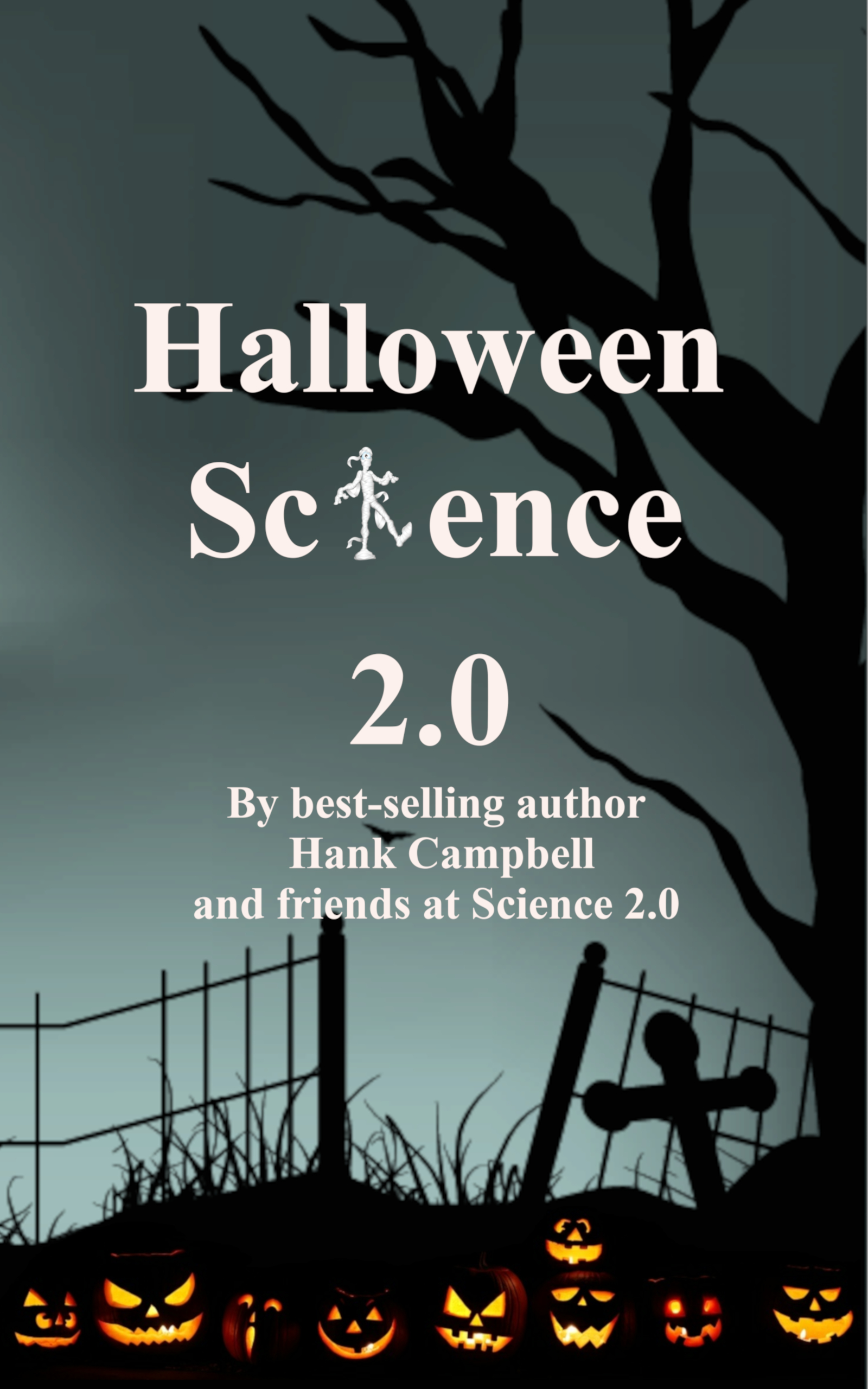We are aware of the large and small. We can, for example, taste and smell the earthy but invisible Streptomyces coelicolor. This soil-dwelling bacterium might have been in the first rock on Earth. Some estimates mention a time that was almost 3.8 billion years ago.
Here is the Streptomyces coelicolor chromosome as it was mapped by S. D. Bentley et al. in 2002.
The outer scale is numbered anticlockwise (to correspond with the previously published map) in megabases and indicates the core (dark blue) and arm (light blue) regions of the chromosome. Circles 1 and 2 (from the outside in), all genes (reverse and forward strand, respectively) colour-coded by function (black, energy metabolism; red, information transfer and secondary metabolism; dark green, surface associated; cyan, degradation of large molecules; magenta, degradation of small molecules; yellow, central or intermediary metabolism; pale blue, regulators; orange, conserved hypothetical; brown, pseudogenes; pale green, unknown; grey, miscellaneous); circle 3, selected 'essential' genes (for cell division, DNA replication, transcription, translation and amino-acid biosynthesis, colour coding as for circles 1 and 2); circle 4, selected 'contingency' genes (red, secondary metabolism; pale blue, exoenzymes; dark blue, conservon; green, gas vesicle proteins); circle 5, mobile elements (brown, transposases; orange, putative laterally acquired genes); circle 6, G + C content; circle 7, GC bias ((G - C/G + C), khaki indicates values >1, purple <1). The origin of replication (Ori) and terminal protein (blue circles) are also indicated. ©Nature
Note the center of the map refers to the 8,667,507 base pairs (bp) of this completely sequenced bacterial genome.
Moving from small to large brings us to population of galaxies in the universe. We are at the center where our planet and galaxy are located in the circle below. What you see slices through the Sloan Digital Sky Survey (SDSS) three-dimensional map of the distribution of galaxies. Each point could represent a typical galaxy of about 400 billion stars. The colors are according to the ages of the stars. The redder are the more strongly clustered galaxies that are made of older stars. The distance from the Earth to the circle represents two billion light years. There are unmapped regions because of the dust in our galaxy, the Milky Way, obscuring the view of the distant universe.
If there are 80 billion galaxies in the universe, the total number of stars would be more than 3x1022 (or 30 sextillion) stars. A recent estimate places 100 trillion (or 1014) microbes on and within each human being. Could that mean that you and yours are outnumbered by the stars in the universe?
All depends on your point of view.








Comments